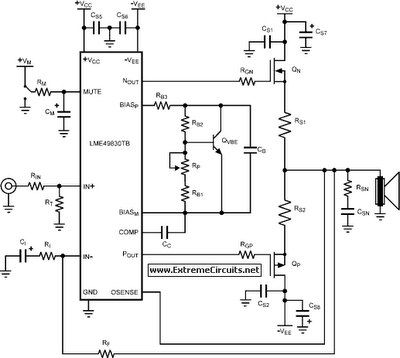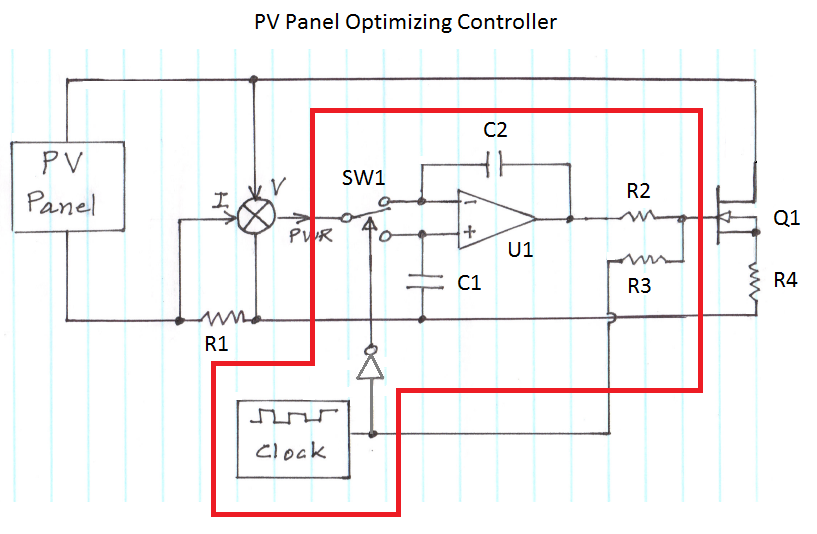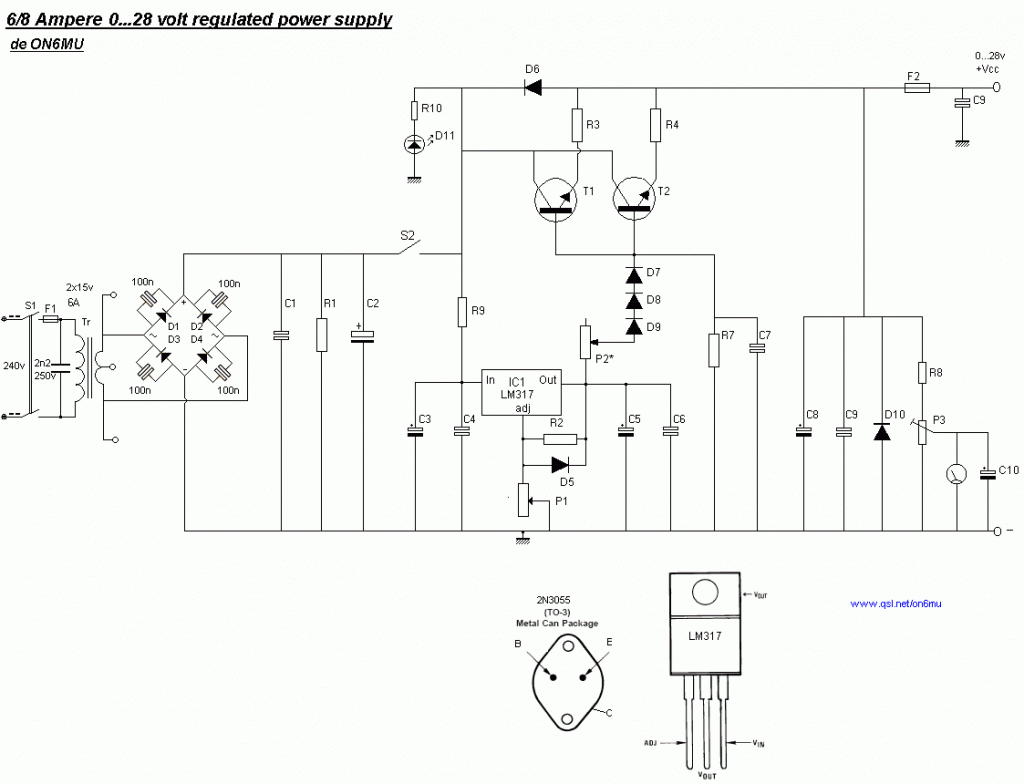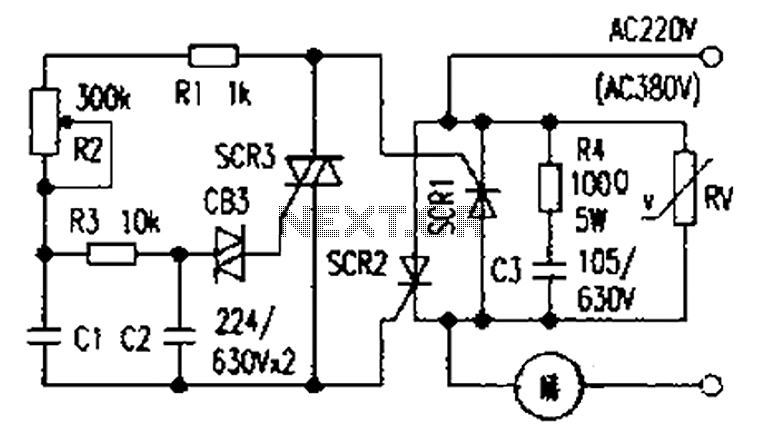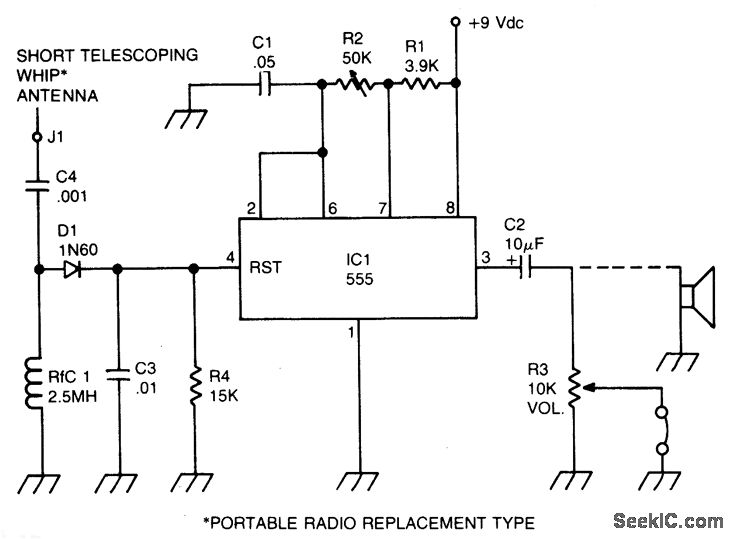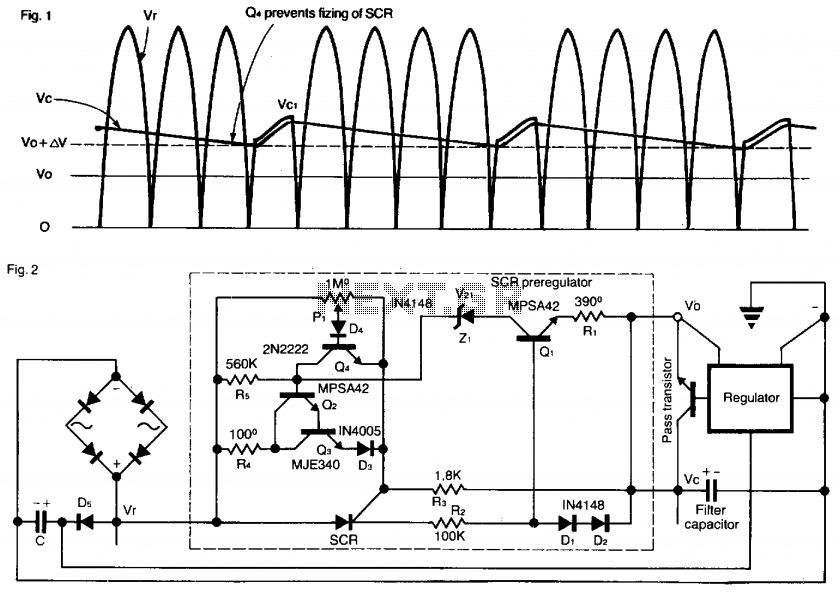
Power Supply for Battery Valve Radios
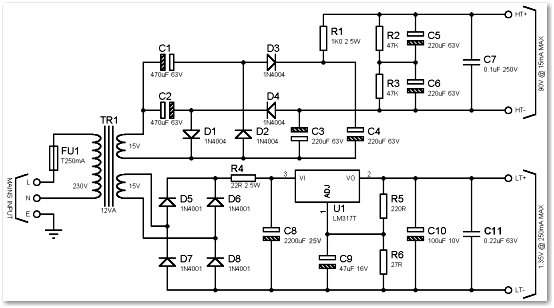
Many later radios utilize four 7-pin valves and require a high tension (HT) supply of 90V at approximately 12mA, and a low tension (LT) supply of either 125mA or 250mA, depending on the specific valves used. The original batteries for these radios are no longer manufactured. One alternative is to create a 90V battery by connecting ten PP3 batteries in series for the HT, and using two D-cells in parallel for the LT. This solution maintains portability; however, the cost of the batteries can be significant—around £10 at trade prices and potentially over £25 at retail. The most common approach is to construct a mains power supply, which can be designed for approximately £30 with minimal operating costs. Depending on the components and the size of the battery compartment in the radio, it may be possible to design the unit small enough to replace the batteries. Photographs of a completed unit, provided by Richard Newman, illustrate this design. Feedback and modifications from Richard and other builders are included at the end of the page. To minimize size and cost, a single transformer is employed to supply both HT and LT voltages. As transformers with the necessary voltage secondaries are no longer available, a standard transformer has been selected, and appropriate circuitry has been designed to achieve the required voltages. A 12VA transformer with two separate 15V windings is utilized, ensuring that the two supplies remain completely isolated. This separation is critical due to the connection of the supplies through biasing resistors within the radio, as any interaction could disrupt radio operation. Therefore, it is essential to use a transformer with two distinct 15V windings and avoid using a single 15V winding for both supplies. The HT voltage is not highly critical, as most radios are designed to function within a range of 100V to 60V for optimal battery life. Consequently, the HT supply in this design is unregulated. The diodes D1 to D4 and capacitors C1 to C4 form a voltage quadrupler circuit. The off-load voltage from any rectifying and smoothing circuit is calculated to be 1.414 times the AC RMS input voltage. Therefore, quadrupling the 15V AC input and then multiplying by 1.414 yields approximately 85V. In practice, the output from the transformer tends to be slightly higher than 15V, resulting in an output around 90V. Resistors R1, C5, and C6 provide decoupling to reduce hum. Two capacitors are used in series since 100V capacitors are less commonly available than 63V types. Resistors R2 and R3 ensure equal voltage distribution across these capacitors and facilitate their discharge within a few seconds when the unit is disconnected from the mains. Capacitor C7 offers additional filtering for higher frequencies. The LT voltage is more critical for maximizing valve life; while the nominal voltage is 1.5V, the valves can operate down to about 1.2V, allowing continued operation as the battery depletes. When powered by a stable mains voltage, the LT should be maintained between 1.3V and 1.4V. This design aims to produce a consistent 1.35V output, regardless of load current, using a voltage regulator. The output voltage of the LM317T regulator IC is determined by the values of two resistors, R5 and R6. The voltage across R5 is fixed at 1.25V by the regulator circuitry, establishing the output voltage as a ratio of the two resistor values. To adjust the output voltage, the following formula can be applied, with "Vout" representing the output voltage. The value of R5 should not exceed 240Ω, making it practical to set R5 at 220Ω and adjust R6 to modify the output voltage.
The described circuit provides a comprehensive solution for powering vintage radios that utilize 7-pin valves, addressing the challenges posed by the unavailability of original battery types. The design leverages a dual-winding transformer to ensure isolation between the HT and LT supplies, thus preserving the integrity of the radio's operation. The voltage quadrupling method, combined with careful decoupling and filtering, ensures stable and reliable high tension supply, while the use of an LM317T voltage regulator for the low tension supply guarantees consistent performance under varying load conditions. This approach not only maintains the functionality of the radio but also enhances its longevity by providing a stable power source, thereby facilitating the continued enjoyment of vintage radio technology.Many later radios use four 7-pin valves and require a 90V HT supply at typically 12mA and a 1. 5V LT supply at 125mA or 250mA depending on the valves used. The original batteries are sadly no longer made. One possibility is to make up a 90V battery using ten PP3 batteries in series for the HT, and to use two D-cells in parallel for the LT. This has the advantage that the set remains portable. However, the cost of the batteries is not insignificant - around £10 even when paying trade prices and probably over £25 if buying retail. The most popular solution is to make up some sort of mains power supply, and a suitable design is presented here.
It should be possible to make the unit for around £30, and the running costs are negligible. Depending on the components used and the size of the battery compartment in your radio, you may be able to make the unit small enough to fit in place of the batteries. The photographs on this page were kindly supplied by Richard Newman, and show his completed unit. Comments, suggestions and modifications made by Richard and a couple of other constructors are given at the end of the page.
To keep the size and cost to a minimum, a single transformer us used to provide both the HT and LT supplies. Since transformers with the correct voltage secondaries are not now available, I have chosen a standard transformer and designed appropriate circuitry to achieve the voltages required.
A 12VA transformer having two separate 15V windings is used. This allows the two supplies to be completely separate. This is necessary because the supplies are generally connected via biasing resistors within the radio, so any connection between them within the power supply would affect the operation of the radio. For this reason, a transformer with two separate 15V windings MUST be used - do not attempt to use a single 15V winding for both supplies.
The HT voltage is not critical, and most sets are designed to operate from around 100V down to about 60V, to get the maximum life from the battery. For this reason, the HT supply on this power supply is not regulated. D1 to D4 and C1 to C4 form a voltage quadruple circuit. I will not attempt to explain the operation here! With any rectifying and smoothing circuit, the off-load voltage will be 1. 414 times the AC RMS input voltage. Therefore, if we quadruple (multiply by four) the 15V AC input, them multiply by 1. 414 we get about 85V. In practice the output from the transformer will be a bit higher than 15V so the output will be around 90V.
R1, C5 and C6 provide some decoupling to eliminate hum. Two capacitors are used in series because 100V capacitors are not so readily available as 63V types. Resistors R2 and R3 ensure the voltage across each of these capacitors is equal. They also discharge the capacitors within a few seconds when the unit is disconnected from the mains. C7 provides additional filtering at higher frequencies. The LT voltage is rather more critical if we are to get the maximum life from the valves. Although the nominal voltage is 1. 5V, the valves themselves will operate down to about 1. 2V. This is to allow the set to keep working as the battery runs down. When operating from a consistent voltage from a mains supply, the LT should be between 1. 3V and 1. 4V. This unit is designed to produce 1. 35V, regardless of the load current. To achieve this, a voltage regulator is used. The output voltage of the LM317T regulator IC is set by the values of two resistors, R5 and R6. The voltage across R5 will be fixed at 1. 25V by the regulator circuitry, so the output voltage of the circuit is a ratio of the two resistor values.
If you wish to change the output voltage, the following formula may be used to calculate the resistor values. "Vout" is the output voltage from the circuit. The value of R5 must be no higher than 240R, so it is generally convenient to leave this at 220R and vary R6 to change the voltage.
🔗 External reference
The described circuit provides a comprehensive solution for powering vintage radios that utilize 7-pin valves, addressing the challenges posed by the unavailability of original battery types. The design leverages a dual-winding transformer to ensure isolation between the HT and LT supplies, thus preserving the integrity of the radio's operation. The voltage quadrupling method, combined with careful decoupling and filtering, ensures stable and reliable high tension supply, while the use of an LM317T voltage regulator for the low tension supply guarantees consistent performance under varying load conditions. This approach not only maintains the functionality of the radio but also enhances its longevity by providing a stable power source, thereby facilitating the continued enjoyment of vintage radio technology.Many later radios use four 7-pin valves and require a 90V HT supply at typically 12mA and a 1. 5V LT supply at 125mA or 250mA depending on the valves used. The original batteries are sadly no longer made. One possibility is to make up a 90V battery using ten PP3 batteries in series for the HT, and to use two D-cells in parallel for the LT. This has the advantage that the set remains portable. However, the cost of the batteries is not insignificant - around £10 even when paying trade prices and probably over £25 if buying retail. The most popular solution is to make up some sort of mains power supply, and a suitable design is presented here.
It should be possible to make the unit for around £30, and the running costs are negligible. Depending on the components used and the size of the battery compartment in your radio, you may be able to make the unit small enough to fit in place of the batteries. The photographs on this page were kindly supplied by Richard Newman, and show his completed unit. Comments, suggestions and modifications made by Richard and a couple of other constructors are given at the end of the page.
To keep the size and cost to a minimum, a single transformer us used to provide both the HT and LT supplies. Since transformers with the correct voltage secondaries are not now available, I have chosen a standard transformer and designed appropriate circuitry to achieve the voltages required.
A 12VA transformer having two separate 15V windings is used. This allows the two supplies to be completely separate. This is necessary because the supplies are generally connected via biasing resistors within the radio, so any connection between them within the power supply would affect the operation of the radio. For this reason, a transformer with two separate 15V windings MUST be used - do not attempt to use a single 15V winding for both supplies.
The HT voltage is not critical, and most sets are designed to operate from around 100V down to about 60V, to get the maximum life from the battery. For this reason, the HT supply on this power supply is not regulated. D1 to D4 and C1 to C4 form a voltage quadruple circuit. I will not attempt to explain the operation here! With any rectifying and smoothing circuit, the off-load voltage will be 1. 414 times the AC RMS input voltage. Therefore, if we quadruple (multiply by four) the 15V AC input, them multiply by 1. 414 we get about 85V. In practice the output from the transformer will be a bit higher than 15V so the output will be around 90V.
R1, C5 and C6 provide some decoupling to eliminate hum. Two capacitors are used in series because 100V capacitors are not so readily available as 63V types. Resistors R2 and R3 ensure the voltage across each of these capacitors is equal. They also discharge the capacitors within a few seconds when the unit is disconnected from the mains. C7 provides additional filtering at higher frequencies. The LT voltage is rather more critical if we are to get the maximum life from the valves. Although the nominal voltage is 1. 5V, the valves themselves will operate down to about 1. 2V. This is to allow the set to keep working as the battery runs down. When operating from a consistent voltage from a mains supply, the LT should be between 1. 3V and 1. 4V. This unit is designed to produce 1. 35V, regardless of the load current. To achieve this, a voltage regulator is used. The output voltage of the LM317T regulator IC is set by the values of two resistors, R5 and R6. The voltage across R5 will be fixed at 1. 25V by the regulator circuitry, so the output voltage of the circuit is a ratio of the two resistor values.
If you wish to change the output voltage, the following formula may be used to calculate the resistor values. "Vout" is the output voltage from the circuit. The value of R5 must be no higher than 240R, so it is generally convenient to leave this at 220R and vary R6 to change the voltage.
🔗 External reference
